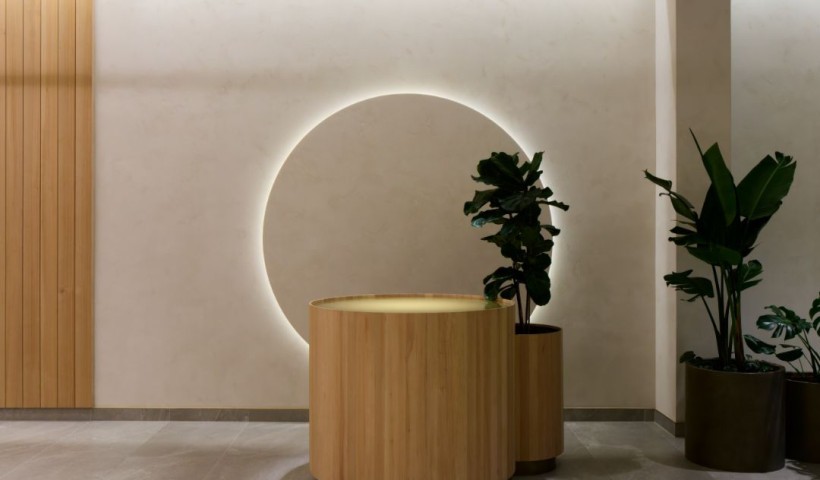
An update to the H1 Energy Efficiency Standards in New Zealand has meant new insulation, heating and ventilation requirements for all commercial buildings in 2023. As a consequence, more and more architects and designers of commercial spaces are specifying porcelain tiled flooring for its high thermal mass properties.
In addition, there is greater demand across clients from the commercial sector for energy-efficient solutions that will help companies reduce energy use and meet their carbon reduction goals. Because of the base nature of tiles, ie: clay, they contain none of the chemicals associated with other flooring products. They are also long-lasting, easy to clean, fire-safe, and slip-resistant. And, from a sustainability point of view, tiles are free of ‘VOC’ — Volatile Organic Compounds.
Maximising thermal heat calculations
Tiled floors automatically introduce warmth using thermal mass which is built into ‘build envelope’ design calculations. Thermal mass works by using a simple principle of physics: heat moves from warmer surfaces to cooler surfaces.
Tile has an extremely high thermal mass calculation. When properties are built to take advantage of solar radiation entering through windows and glass doors in the winter months, tiles absorb the heat from the direct sunlight and release the stored heat as needed at night to keep rooms warmer.
Porcelain tiles are fired at up to 1300 degrees and are inert under temperature cycles and therefore unaffected by New Zealand’s extreme UV heating and cooling. Tile's thermal mass slows the rate at which they heat up or cool. Consequently, when they are used indoors, they help to insulate from the outdoor weather, avoiding sharp temperature changes.
Good thermal mass design, such as installing porcelain and ceramic tiles on floors, will ensure heat is absorbed by the tiles during the day, and then released as the temperature drops to warm the cooler evening air. An added bonus is that because tiles absorb heat, in summer they’ll provide a cooling effect in living spaces during a hot day.
Even and economical underfloor heating
Tiles can be easily and simply heated underfloor.
Underfloor heating (UFH) systems are one of the most efficient and cost-effective methods to heat a home. The DEVI underfloor heating system from Tile Warehouse is one of the most inexpensive compared to some other heating alternatives. This quality system ensures heat is evenly distributed and rises from below, recreating the ideal vertical temperature gradient. Conventional forced-warm-air methods tend to produce heating results that are too local and from the top down.
Careful considerations must be made by specifiers on flooring materials used with underfloor heating. For example, timber flooring requires specialist systems and may run the risk of warping or cupping, while carpets must adhere to certain thermal resistance ratings before being considered suitable. The selection therefore becomes rather limited and usually always points towards tiles.
Warm interiors come from good designs and clever material choice for active and passive heating and tiles are the perfect choice for both.













 Case Studies
Case Studies








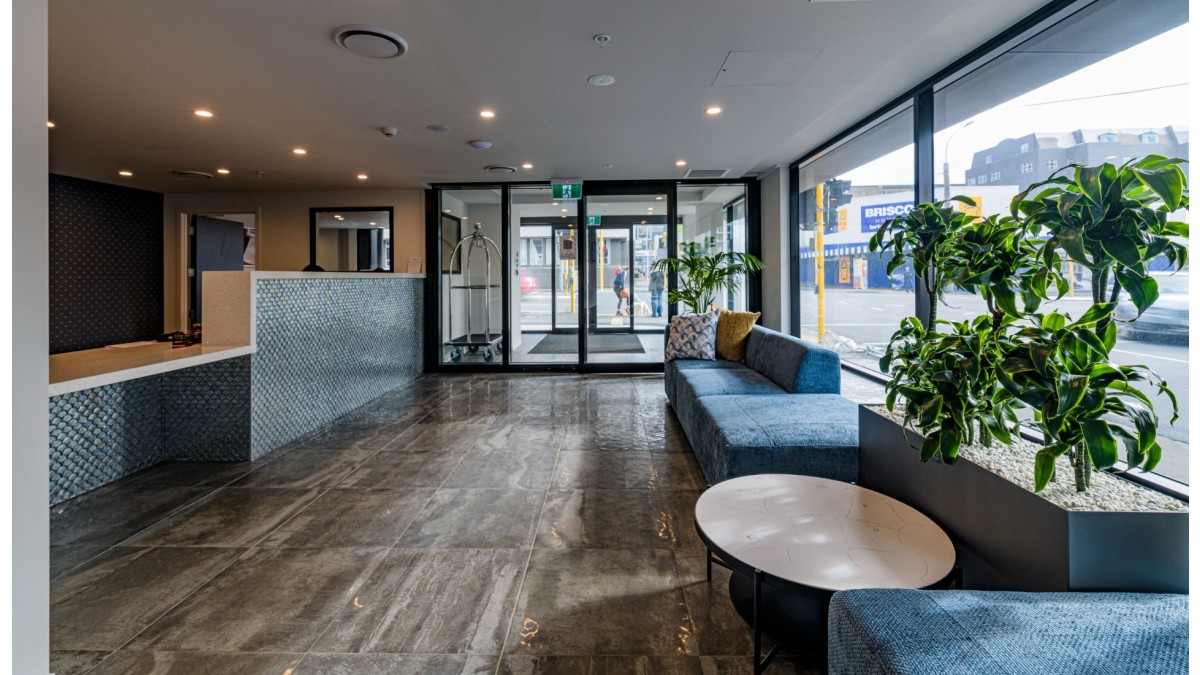


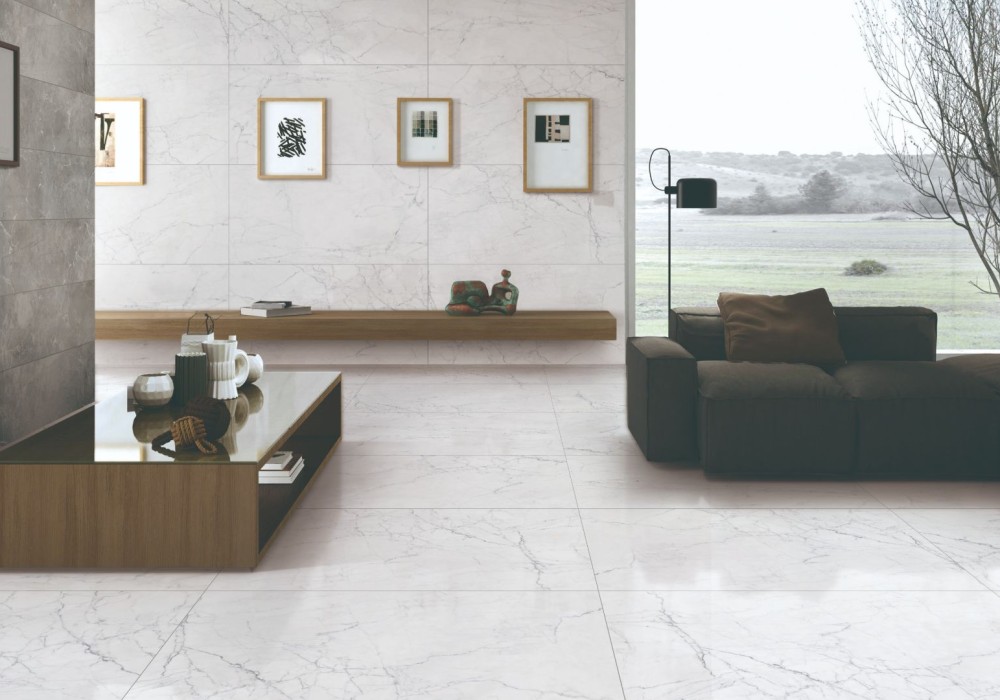

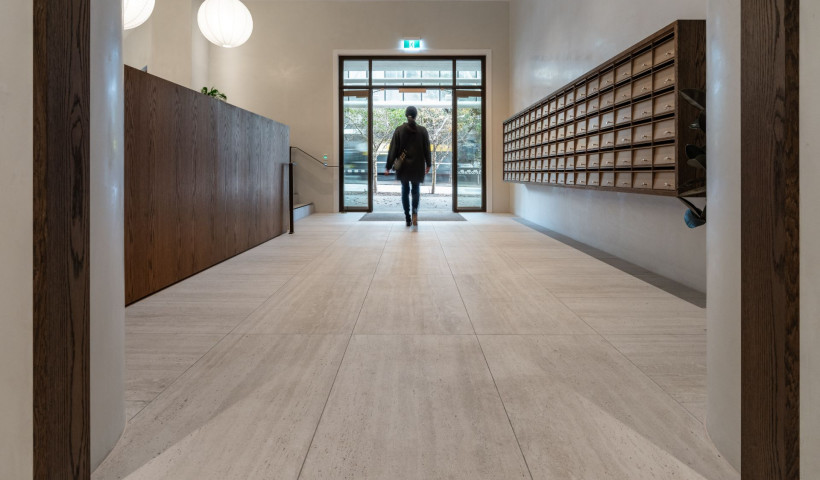
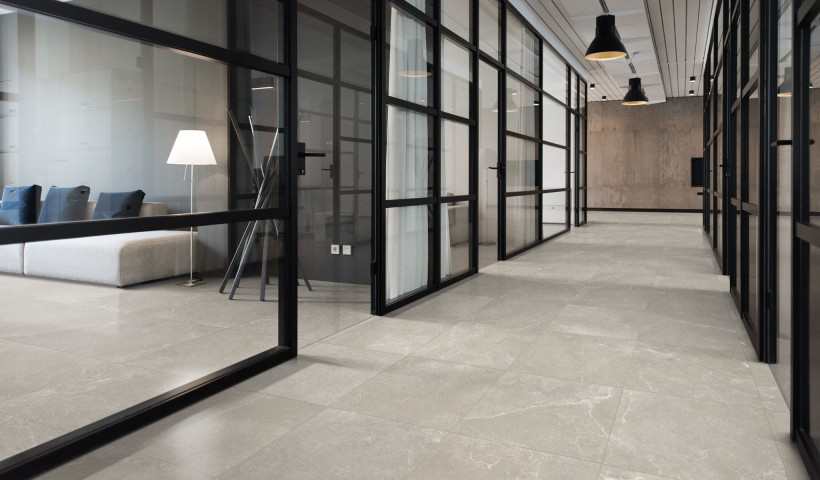
 Popular Products from Tile Warehouse
Popular Products from Tile Warehouse


 Most Popular
Most Popular


 Popular Blog Posts
Popular Blog Posts